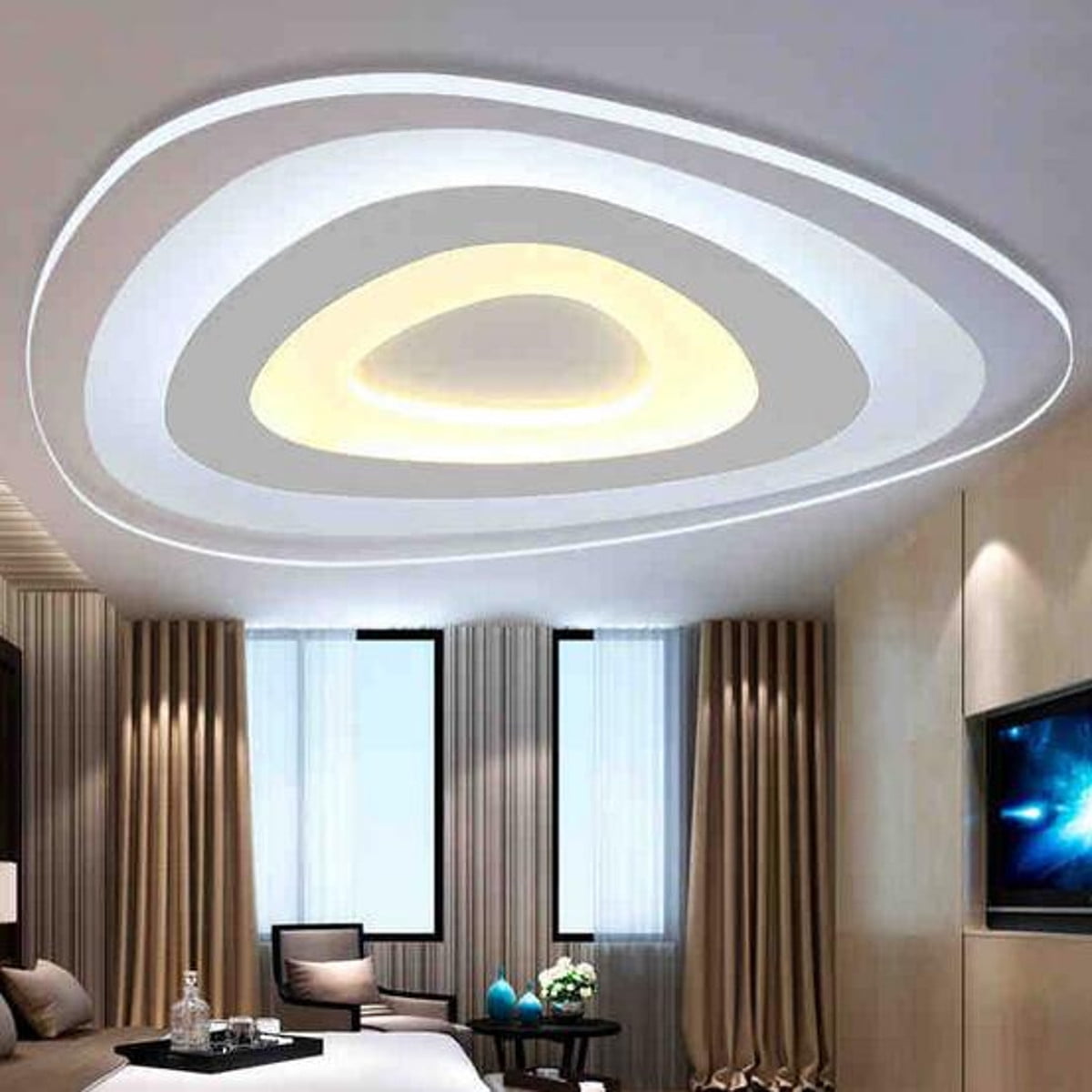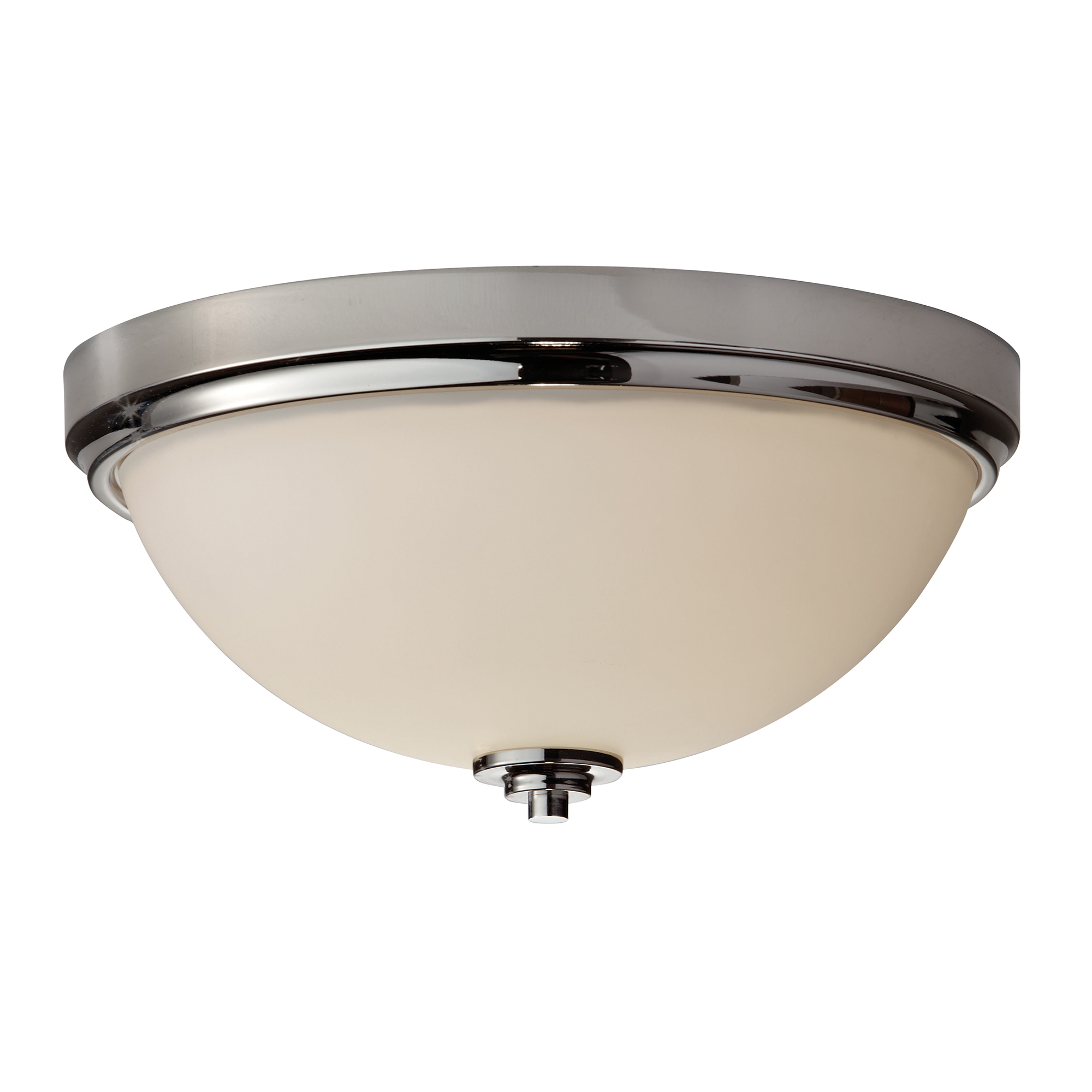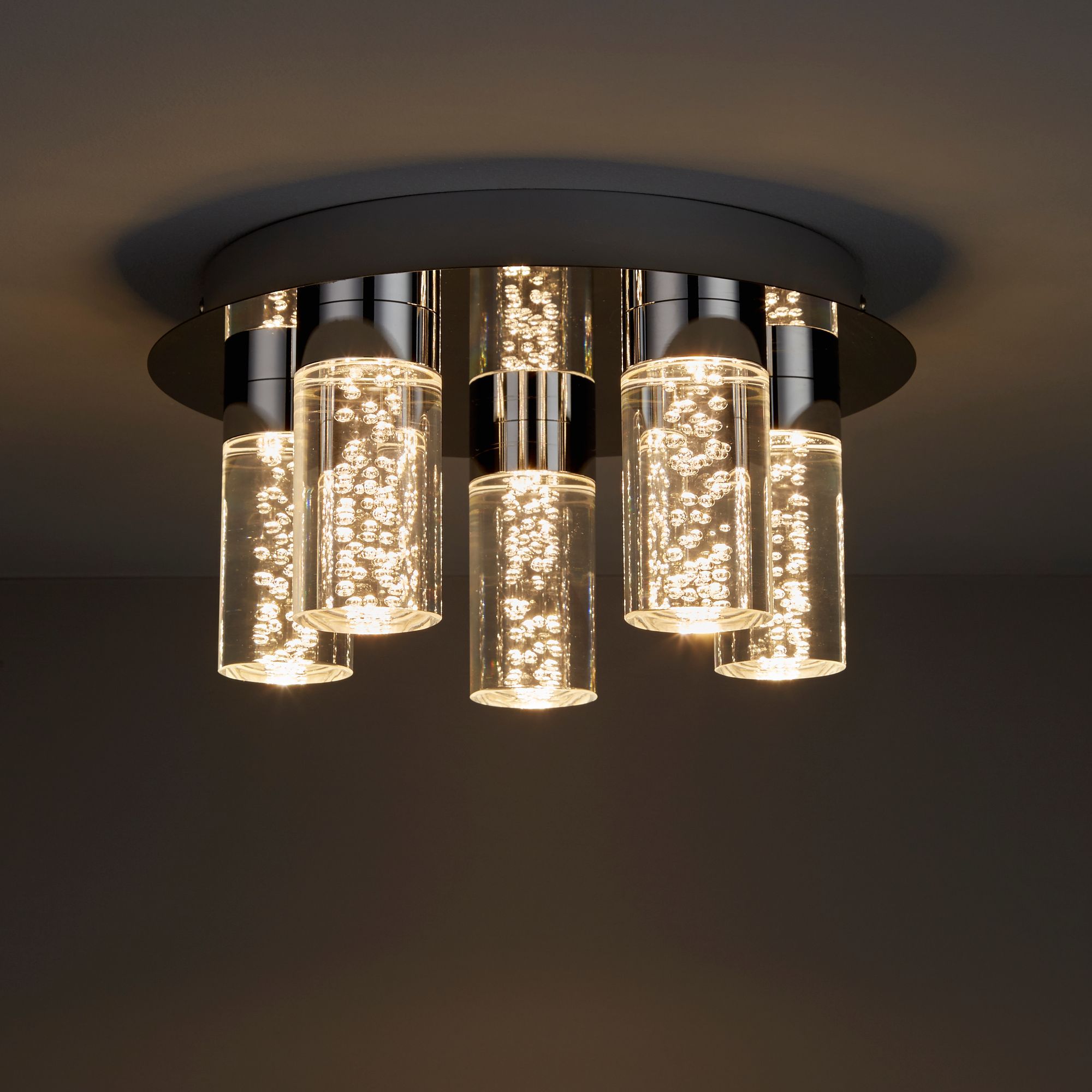Lighting Design Considerations

When selecting a class 2 bathroom ceiling light, it is crucial to consider several factors to ensure a comfortable and functional lighting environment. These factors include ceiling height, room size, and the availability of natural light.
Ceiling height plays a significant role in determining the appropriate light output and beam angle. Higher ceilings require higher light output and a wider beam angle to ensure even illumination throughout the space. Conversely, lower ceilings benefit from lower light output and a narrower beam angle to prevent glare and harsh shadows.
Class 2 bathroom ceiling lights can complement home decor interior design with their clean lines and practical functionality. They provide ample illumination while blending seamlessly into the bathroom’s overall aesthetic. Consider the size, shape, and finish of the light to ensure it complements the bathroom’s style and enhances its ambiance.
Room size also influences the choice of lighting. Larger bathrooms require more light sources with higher light output to adequately illuminate the entire space. Smaller bathrooms, on the other hand, can make do with fewer light sources and lower light output.
Class 2 bathroom ceiling lights are designed to withstand moisture and humidity, making them ideal for use in bathrooms. These lights are typically installed in the ceiling and provide general illumination for the room. If you’re looking for a more flattering light for applying makeup, consider installing a vanity light with adjustable brightness and color temperature.
Check out our guide on best bathroom light fixtures for makeup for more information. Class 2 bathroom ceiling lights are a great option for general illumination, while vanity lights can provide more focused lighting for specific tasks.
Natural light availability should also be taken into account. Bathrooms with large windows or skylights may require less artificial lighting during the day, while those with limited natural light may need additional lighting to compensate.
Light Output and Color Temperature
The light output of a bathroom ceiling light is measured in lumens. The higher the lumen output, the brighter the light. For a comfortable and functional lighting environment in a bathroom, a light output of around 700-1000 lumens is recommended.
Color temperature refers to the warmth or coolness of the light emitted by a light source. It is measured in Kelvin (K). Warm light (2700-3000K) creates a cozy and inviting atmosphere, while cool light (4000-5000K) provides a more invigorating and focused environment. For bathrooms, a color temperature of 3000-4000K is generally recommended as it provides a balance of warmth and functionality.
Beam Angle
The beam angle of a light source refers to the angle at which the light is emitted. A wider beam angle provides more diffused light, while a narrower beam angle creates a more focused beam of light. For general lighting in a bathroom, a beam angle of around 120 degrees is recommended to ensure even illumination throughout the space.
Light Sources, Class 2 bathroom ceiling light
There are several types of light sources available for bathroom ceiling lights, including LED, fluorescent, and incandescent.
- LED lights are energy-efficient, long-lasting, and produce high-quality light. They are also dimmable, allowing for greater control over the lighting environment.
- Fluorescent lights are also energy-efficient and long-lasting, but they can produce a harsh and unflattering light. They are also not dimmable.
- Incandescent lights are the least energy-efficient and have a shorter lifespan than LED and fluorescent lights. However, they produce a warm and inviting light that is often preferred in bathrooms.
Safety and Code Compliance: Class 2 Bathroom Ceiling Light
The safety of bathroom lighting is paramount, and several standards and codes govern their installation and operation. These regulations aim to minimize the risk of electrical hazards, such as shocks, fires, and electrocution, in the moisture-prone environment of bathrooms.
Building codes, such as the National Electrical Code (NEC) in the United States, specify requirements for bathroom lighting fixtures, including their moisture resistance and electrical insulation. These standards ensure that the lights are adequately protected from water and humidity, preventing electrical malfunctions and potential hazards.
GFCI (Ground Fault Circuit Interrupter) Outlets
GFCI outlets are essential safety devices in bathroom lighting circuits. They continuously monitor the electrical current flowing through the circuit and quickly interrupt the power supply if they detect any imbalances, such as a ground fault. This prevents dangerous electrical shocks that could occur if an appliance or fixture becomes faulty and allows current to leak to the ground.
GFCI outlets are mandatory in bathrooms near water sources, such as sinks, showers, and bathtubs, as these areas pose a higher risk of electrical hazards due to moisture. Their presence significantly enhances the safety of bathroom lighting systems.
Proper Installation and Maintenance
Proper installation and regular maintenance are crucial for the safe and reliable operation of bathroom ceiling lights. Qualified electricians should handle the installation, ensuring that the lights are securely mounted, correctly wired, and connected to the appropriate circuits.
Regular maintenance involves periodically cleaning the light fixtures to remove dust and debris that can accumulate over time. This helps prevent overheating and electrical hazards. Additionally, checking for any loose connections, damaged wires, or other signs of wear and tear is essential to maintain the integrity of the lighting system and prevent potential issues.
Aesthetic and Functional Features

Bathroom ceiling lights play a crucial role in enhancing the aesthetics and functionality of the space. They provide illumination, create ambiance, and complement the overall design scheme.
Design Styles
Class 2 bathroom ceiling lights come in various design styles to match different bathroom decors:
- Modern: Characterized by clean lines, geometric shapes, and a minimalist aesthetic.
- Traditional: Features ornate details, such as scrolls, curves, and crystal embellishments.
- Contemporary: Combines elements of modern and traditional styles, offering a versatile and timeless look.
Light Fixture Types
The type of light fixture chosen depends on the size and layout of the bathroom:
- Flush mount: Installed directly against the ceiling, suitable for small bathrooms.
- Semi-flush mount: Extends slightly from the ceiling, providing more diffused light.
- Chandelier: A hanging fixture with multiple light bulbs, suitable for large bathrooms.
Decorative Elements
Decorative elements enhance the aesthetic appeal of bathroom ceiling lights:
- Glass shades: Available in various colors, textures, and patterns, they diffuse light and create a soft ambiance.
- Metal accents: Add a touch of elegance and durability, available in finishes such as chrome, brass, and nickel.
- Crystal embellishments: Provide a glamorous and sparkling effect, creating a luxurious ambiance.
